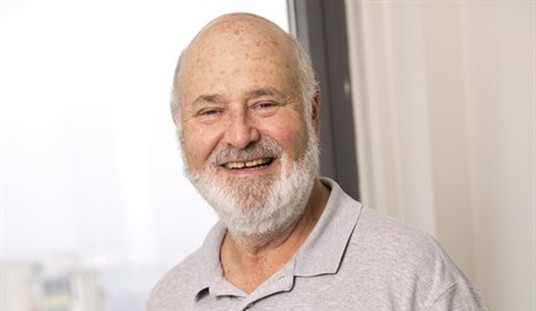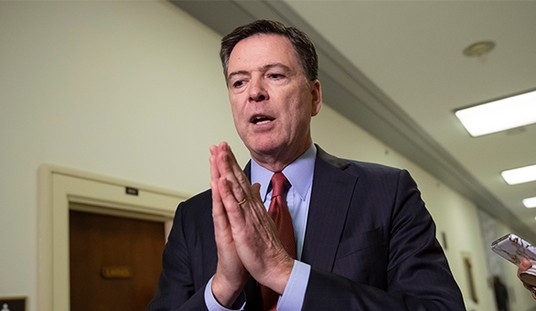It is by far the weightiest decision a police officer must make: Should I pull the trigger? And though he must reach that decision in less time than it takes to read this sentence, his actions will be examined and critiqued for months or even years, often by people with little experience or understanding of what it’s like to make such a decision.
Last Tuesday at about 3:15 p.m., two Sonoma County, California sheriff’s deputies were on patrol in Santa Rosa, about 50 miles north of San Francisco, when they spotted a male walking down the street with a rifle. News reports say the deputies stopped, took cover behind the opened doors of their car, and shouted for the male to drop the gun. One of the deputies then fired eight shots, hitting the male with seven of them, two of which were fatal. Then came the awful discovery: the male was 13 years old; the rifle he carried was a pellet gun. Now a mother and father must mourn the loss of their son, and the deputy must bear the weight of having killed him.
Of course, there have been the usual accusations of murder and calls for the deputy to be fired and jailed (see the comments at the Daily Kos story, for example), but a dispassionate look at the shooting must resolve the question of whether, despite what came to light in the aftermath, the deputy was legally justified in his use of deadly force at the moment he pulled the trigger.
Every police officer can tell stories of times when he could have shot someone, when he almost did shoot someone, but for some reason held his fire. This is one of mine. I was working a plain-clothes assignment in one of L.A.’s less glamorous neighborhoods. Some of my coworkers were interviewing two men about some suspected criminal activity, and as they did so my job was to stand nearby and watch their backs. The neighborhood was such that any white guy in jeans and a T-shirt, no matter how scruffy he might appear, is automatically presumed to be a cop, so though we were in plain clothes I was confident that everyone within eyesight knew we were police officers.
In the driveway next door to where we were standing was a man working on his car, installing a new radio or some speakers, as I recall, and he was kneeling down outside the car as he fiddled with something or other under the dashboard. The setting was all quite routine and ordinary . . . until it wasn’t.
A young man walked up to the man working on his car and pulled out what to me appeared to be a semiautomatic pistol, pointing it at the kneeling man’s head. In that moment I was certain that I was witnessing a carjacking or perhaps even a murder. I drew my pistol and shouted, “Police! Drop it!” My two coworkers, unaware of what I had seen but alerted by my cry, took cover and drew their own weapons, and for an excruciating second or two the man with the gun froze in place, neither raising nor lowering it, as three cops performed the infinitesimal mental calculations required before deciding whether or not to shoot him. At last he dropped the gun, which turned out to be a plastic replica of the one I carried. The man he had approached was his friend and neighbor, and he had given no apparent thought to the potential consequences of pointing a realistic toy gun at him out on a public street.
How different all our lives might have been had I or my colleagues made a different decision and opened fire on the man. And how different they might have been if the gun had turned out to be real, and if instead of horsing around with a friend, the man really was intent on robbing or killing him. We held our fire, and it turned out to be the right decision.
But it isn’t always. On January 12, 1998, Kyle Dinkheller was working as a deputy sheriff in Laurens County, Ga. Working alone on a rural road, he pulled over a driver for speeding. What followed was captured on the dash-cam in Dinkheller’s patrol car, and the video is as chilling as any I have seen, not only because it captures the murder of a police officer, but because of the number of warnings Dinkheller gave to the man who would kill him. Why on earth didn’t he shoot the man until it was too late is a mystery Deputy Dinkheller took to his grave. He was just 22 when he was murdered. He and his wife had a 22-month-old daughter at the time; a son would be born months later.
I’ve always instructed police officers under my supervision that it’s foolish to assume everyone you meet on the street is out to hurt you, but it’s equally foolish to forget that some small number of them will try if you give them the chance. The deputy in Sonoma County was suddenly presented with what he perceived – erroneously but quite reasonably in my opinion – as a deadly threat, and he responded to it as he had been trained to do. Look at the pictures of the rifle in the news reports and ask yourself if you can tell it’s a pellet gun.
Prosecutors have an expression for incidents like this one: “awful but lawful.” The shooting will be investigated by local authorities, and the FBI will conduct an independent investigation, but unless some new evidence is produced, there is no reason to believe the deputy was anything but justified in opening fire. Sometimes life is just awful, and sometimes it’s awful but lawful.










Join the conversation as a VIP Member